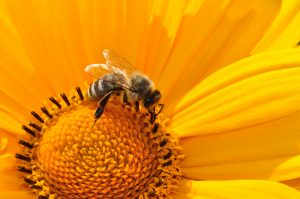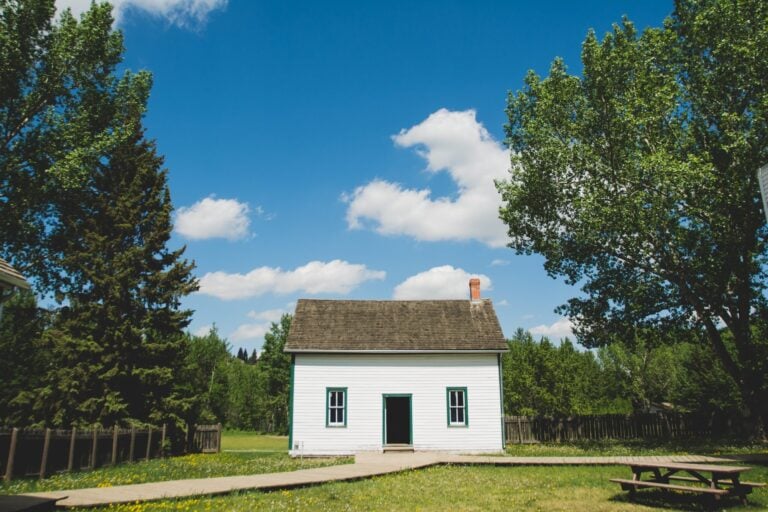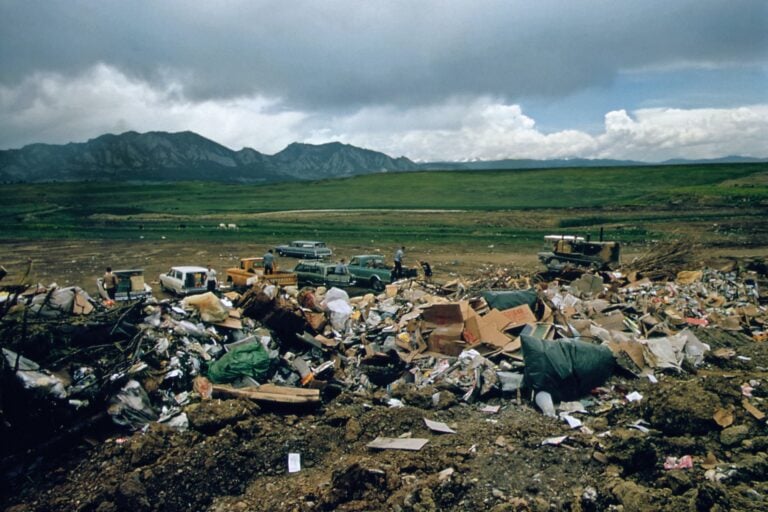The Buzz on Bees
 Bees have a place in our world that transcends our understanding. These oft-feared flying insects buzz around minding their own “bees’ness” while performing a great service to mankind. Without these black and yellow fellows, many of the plants we know and love would simply disappear. Unfortunately, in an effort to further the agricultural prosperity of man, we may be dooming ourselves to a life without these productive pollinators.
Bees have a place in our world that transcends our understanding. These oft-feared flying insects buzz around minding their own “bees’ness” while performing a great service to mankind. Without these black and yellow fellows, many of the plants we know and love would simply disappear. Unfortunately, in an effort to further the agricultural prosperity of man, we may be dooming ourselves to a life without these productive pollinators.
You can help attract bees to your hometown by simply being conscientious of the plants you choose in your seasonal landscape design. But first, we’ll take a closer look at what, exactly, bees do.
Bees pollinate
If you’ve ever watched a bee flutter about on a warm afternoon, you’ve no doubt noticed they fly happily between brightly colored flowers. In their travels, bees do two things: collect nectar for honey and spread pollen between flowers. This pollination is essentially the reproductive means of asexual life forms, such as flowers and crops. Humans have yet to figure out how to be quite as efficient as bees when it comes to pollinating our plants.
Bees contribute to medicine and more
Honey has been used since ancient times to heal wounds and boost people’s immune systems. It is one of the world’s most perfect foods and, due to exceptional antimicrobial properties, is also the only food that will not spoil. National Geographic reports that honey found in 3000-year-old pyramids is edible today. Humans have utilized bees and bee-related products for more than nine millennia; beeswax is made into candles, chewing gum, lip balm, and as a protective coating for certain types of cheese. Chances are, many of your cleaning products contain beeswax.
Plan bee garden
Bees, like humans, need three things to survive: food, water, and shelter. Fortunately for us, bees’ food source is beautiful and will greatly enhance your landscape. The following tips will help you layout your lawn in the most beneficial way.
Avoid pesticides. Pesticides are not only harmful to humans, but to bees as well. Consider natural methods for discouraging pests from pillaging your plants. MotherEarthNews.com suggests a simple mixture of household detergents and vegetable oil or dish liquid mixed with hot pepper spray.
Provide predator protection. Bees, butterflies, and other pollinators need shelter to get out of the elements and to protect themselves and their offspring. The most natural shelters are simply overgrown hedges or piles of grass cuttings. A decomposing log or dead tree makes for a decorative nook for bees and butterflies. (Homesteading website MorningChores.com offers a handy guide to DIY bee boxes and homemade hives – a great activities for families)
Get the kids involved. Our children are the next generation to be responsible for the conservation of bees and other wildlife. Use your bee garden as an opportunity to teach children how to work the land in a way that’s most harmonious with nature. Children can help dig and pull weeds while learning about wildlife. As an added benefit, communing with nature may help improve children’s critical thinking and problem-solving skills. Click here for more information on the benefits of gardening with kids.
Pick the perfect plants. Bees are attracted to brightly colored flowers; native varieties are best. In Maine, a number of invasive species currently threaten the area’s horticultural landscape. This guide provided by the University of Maine will help you select a variety of flora for your flowering landscape.
If you’re feeling brave, you may want to look into installing a beehive, which will not only help pollinate your own garden but will save you money on local honey while providing countless hours of education and entertainment.


